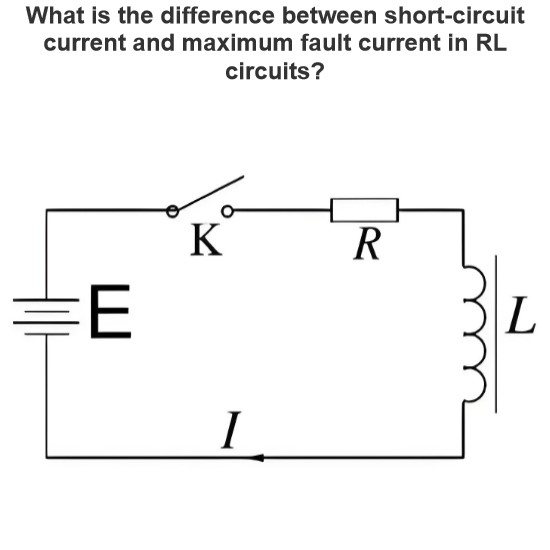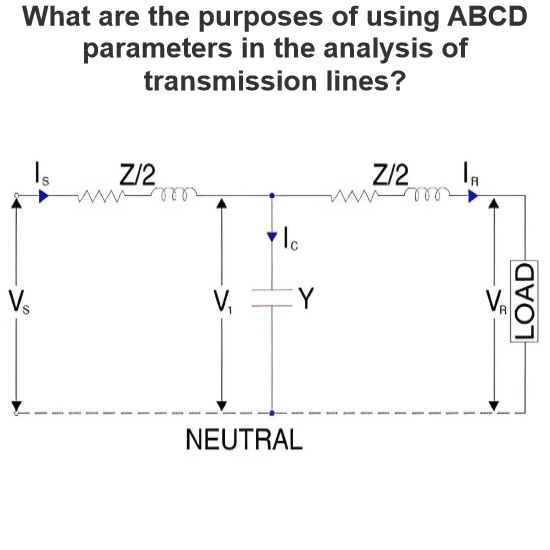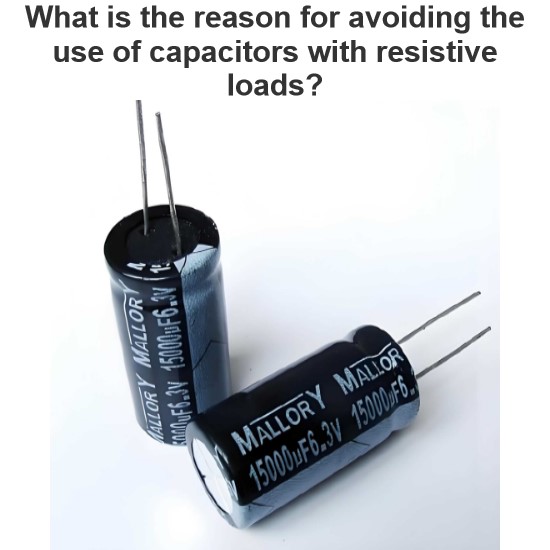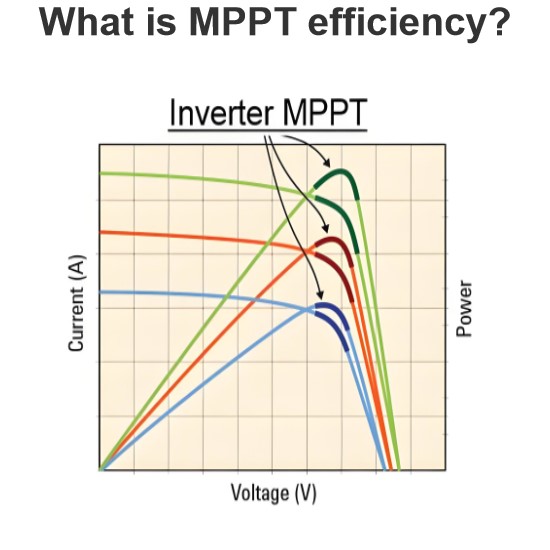How can we calculate the number of electrons per second flowing through a wire in a circuit?
The number of electrons per second flowing through a wire in a circuit can be calculated from a known current value. Current is measured in amperes (Ampere, A), defined as 1 Coulomb (C) of charge flowing through a cross section of a wire per second. We know that the charge of 1 coulomb is equal to about 6.242 x 10^18 electrons.
Calculation formula
Current (I) : Current is measured in amperes (A) and represents the amount of charge passing through a cross section of a wire per unit time.
Number of electrons (N) : The number of electrons per second flowing through a section of a wire.
The formula is as follows:
N= (I x t) /qe
I is current (unit: ampere, A)
t is the time (in seconds, s), and in this calculation t=1 second
qe is the charge of a single electron (unit: coulomb, C), qe≈1.602×10−19 coulomb
The simplified formula is:
N = I / 1.602 x 10-19
Applied to practical circuits
Measuring current: First of all, you need to use an Ammeter to measure the current value in the circuit.
Determine the time: In this example, we set the time t=1 second, but if we need to count the number of electrons in other time periods, we need to adjust the time value accordingly.
Calculate the number of electrons: The measured current value is substituted into the above formula to calculate the number of electrons per second flowing through a section of the wire.
Practical application example
Suppose we need to calculate the number of electrons in an actual circuit with A current of 2 amps (I = 2 A), then:
N=2/1.602×10−19≈1.248×1019
This means that at a current of 2 amps, approximately 1.248 × 10^19 electrons are flowing through the wire every second.
Matters needing attention
Accuracy: There may be errors in the actual measurement, so the calculated result may be slightly different from the theoretical value.
Temperature and material: Differences in temperature and wire material also affect the conduction efficiency of the current, which in turn affects the calculation results.
Multiple electron streams: there may be multiple electron streams in the actual circuit at the same time, so the total number of electrons also needs to take these factors into account.
Through the above formula and steps, you can calculate the number of electrons per second flowing through a certain section of the wire in the circuit. This is important for understanding current strength and electron flow in circuits.
The Electricity Encyclopedia is dedicated to accelerating the dissemination and application of electricity knowledge and adding impetus to the development and innovation of the electricity industry.




